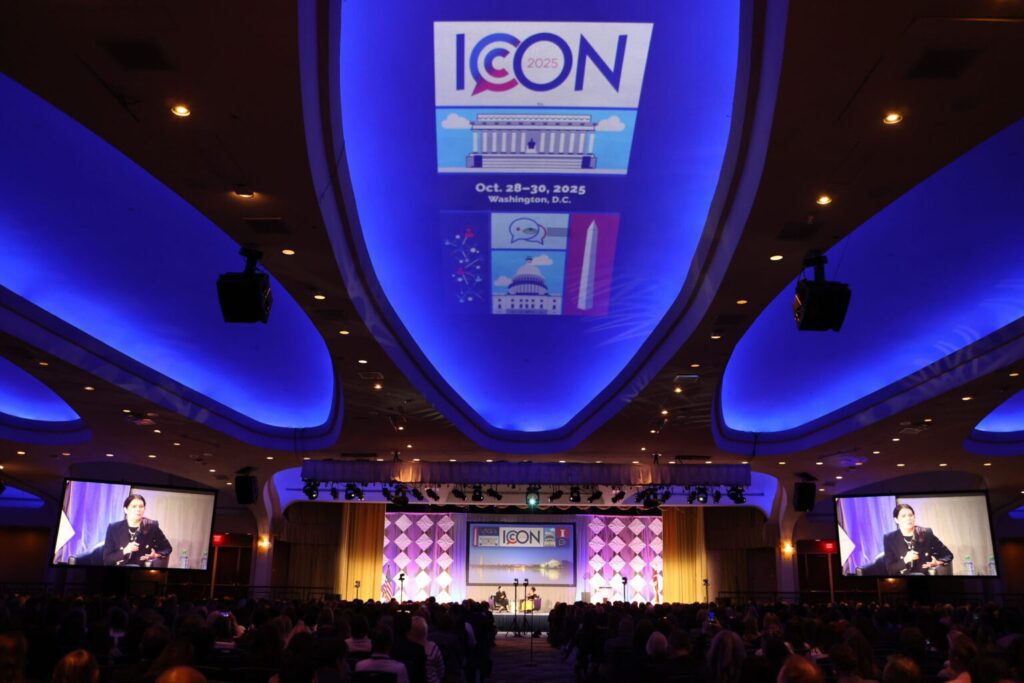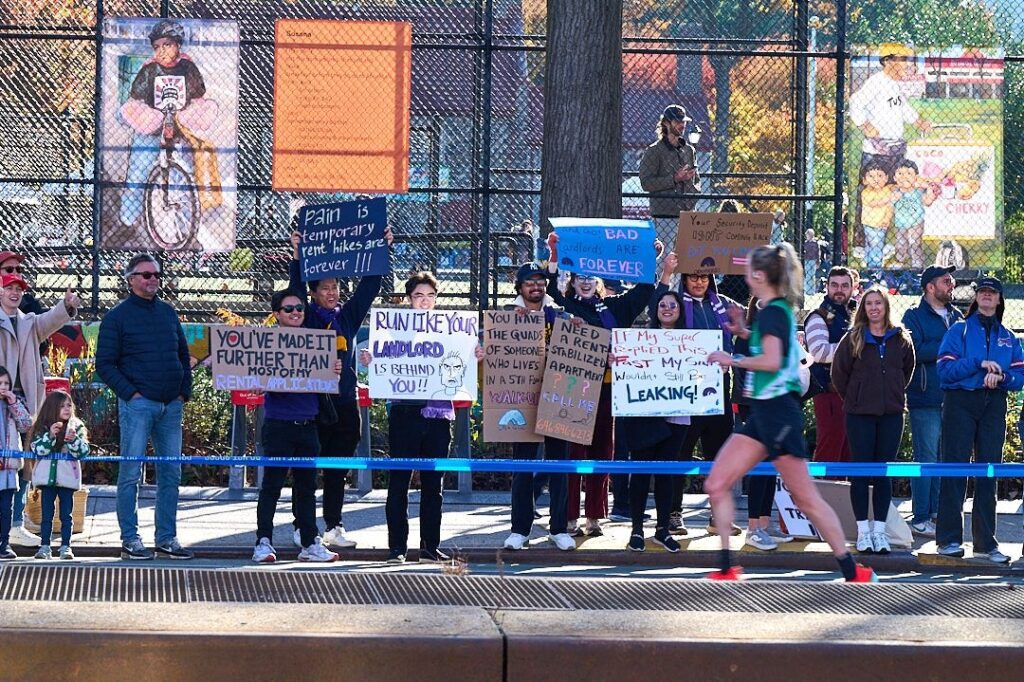Yes, students are starting to shop more online. But of greater interest to marketers is what their Internet exploits reveal about the consumer of the future.
The good news for marketers with significant online presence is that college kids are starting to flock to shopping sites. The bad news is that, as has been the case since the institution of the G.I. Bill, students are short on cash. If you’re on campus marketing Saturn cars, Gateway computers – or virtually anything pricier than a pepperoni pizza – you’d better be investing in post-graduation sales.
“Most [students] have discretionary incomes of less than $125 a month,” says Jim Dean, director of Net reach development for Greenfield Online. The Wilton, CT-based research firm polls college students over the Internet four times a year for basic demographic information, purchase behavior, and Web habits. It maintains a research panel of 32,000 students, calling on a different group of 1,000 or more for each survey to provide a nationally projectable sample.
A poll conducted recently by college marketer EdVenture Partners indicated that more than 40 percent of students had monthly discretionary budgets of less than $250. However, 32 percent reported spending more than $500 a month. Somebody has to be hitting those e-commerce sites, after all.
Shopping and e-mail sites each gained 10 percentage points on students’ list of most-visited Web sites in the past year (see table at right), according to Greenfield Online’s November 1999 survey. And while 54 percent reported stopping at entertainment sites, that’s seven percentage points fewer than in November ’98. Two-percent fewer students said they visited game sites.
And, yes, they are spending money at their computer consoles. When Greenfield asked students in ’98 whether they had ever made any online purchases, just over half (51%) answered in the affirmative. One year later, a full three-quarters of the college crowd (75%) admitted to having conducted retail activity in their dorm rooms.
It doesn’t look to be big-time retail, however. In EdVenture’s survey, 95 percent of students said their online spending would account for less than 25 percent of their incomes. The most popular online purchases of college students remain in the textbook and CD category.
MILLENNIAL LABORATORY
But while campuses may not be the place where marketers of high-ticket consumer goods are likely to make their fourth-quarter numbers, colleges do merit close attention as laboratories for e-commerce in the new millennium. Young consumers stalking the quads these days are the advance guard of the first generation to have been weaned on PCs. “The kids in college today are among the first ones to have had computers in the classroom at a very early age,” says Dean.
Anywhere from 85 percent to 92 percent of college students have access to personal computers, depending on which online researcher one uses. That’s a number that is likely to mirror the American populace when it hits full PC penetration sometime in the next decade.
“This is a look into the future of online consumer behavior,” says Dean, who notes that, even among college grads, computers aren’t likely ever to achieve 100-percent penetration. “There’s always going to be that 10 or 12 percent who won’t ever have a PC or be on the Internet, for religious reasons or whatever,” he says.
Twenty-first century marketers can expect a marketing-friendly lot on the Net if these current behavior patterns endure. Students are doing some serious cruising in cyberspace, with 32 percent telling Greenfield they spend one to two hours a day online and 20 percent surfing two to three hours. Another 20 percent spend more than three hours on the Internet each day.
Search engines and information sites come in at the top of the list, heartening evidence that the chief occupation of students is still studying. Conducting research is the No. 3 Internet activity amongcollege kids, with 62 percent saying they use it for that purpose. The most popular student use of the Net, however, is sending and receiving e-mail, with 89 percent taking part in that popular form of communication.
That’s good news for the new breed of “permission” marketers who are convinced that e-mail – not banner ads or company Web sites – will prove to be the prime selling tool on the Internet. Add college students’ penchant for entering competitions and sweepstakes into the equation, and what emerges is a formula for happy hunting on the Internet for marketers. Half of students in the Greenfield poll said they took part in games, contests, and sweeps, their fifth most common Web activity. Whether that activity level will remain as high in coming years remains to be seen. “College students are always entering things to get free stuff,” says Dean.
Only 37 percent of students said they regularly purchased items online in 1999. That’s a big leap from the 23 percent who made frequent Internet buys in ’98, but shopping ranks eighth in popularity of Web activities, behind downloading software and graphics.
NOT BY WEB ALONE
The current crop of college students will most assuredly deliver the World Wide Web to star media status, but they are just as sure not to abandon other popular forms of media.
EdVenture Partners, which teams with corporate sponsors such as Time Inc. and Coca-Cola to reach out to students through for-credit courses, found the Internet to be just one minor facet of these young people’s busy lives. (EdVentures polled 169 students at campuses in Arizona, California, Florida, Massachusetts, New Mexico, and Oregon.)
When asked by the Berkeley, CA-based company to name their most useful and reliable news source, 46 percent of students named television, 31 percent newspapers, and only 12 percent the Internet. Questioned about their reading habits, more students said they regularly read specialty magazines (40%) than online services such as America Online or MindSpring (27%).
“Word of mouth remains the college student’s most valuable source of information on brands, followed by TV, radio, and then the Internet,” says EdVentures president Tony Sgro. “There’s no more powerful purchase motivator for students than personal endorsement, and there’s no other time in your life when there are so many influencers around you.”
Greenfield Online’s Dean agrees that college kids can often be difficult to pigeonhole. “An enormous amount of women and men in college read Cosmopolitan. Don’t ask me why,” he says.
Dean also concurs that always-needy college kids are most apt to take care of the people who take care of them. “Loyalty programs have great potential on campus,” he says. “Back in the Sixties and Seventies, Volkswagen and Toyota did a lot for college kids, and it paid back for them in sales for the next 20 years. The question is, `Who will be the Volkswagens and Toyotas of the new Millennium?'”
Dean says he won’t be surprised if it’s an Internet brand.



